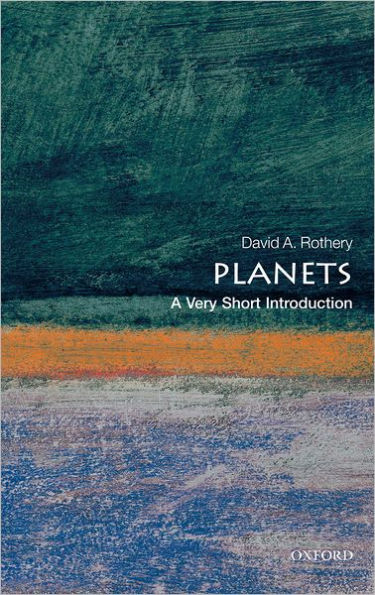5
1
9780199573509



Planets: A Very Short Introduction available in Paperback, eBook

Planets: A Very Short Introduction
- ISBN-10:
- 0199573506
- ISBN-13:
- 9780199573509
- Pub. Date:
- 12/09/2010
- Publisher:
- Oxford University Press
- ISBN-10:
- 0199573506
- ISBN-13:
- 9780199573509
- Pub. Date:
- 12/09/2010
- Publisher:
- Oxford University Press

Planets: A Very Short Introduction
$12.99
Current price is , Original price is $12.99. You
12.99
In Stock

Product Details
| ISBN-13: | 9780199573509 |
|---|---|
| Publisher: | Oxford University Press |
| Publication date: | 12/09/2010 |
| Series: | Very Short Introductions |
| Pages: | 160 |
| Product dimensions: | 4.40(w) x 6.70(h) x 0.40(d) |
About the Author
From the B&N Reads Blog
